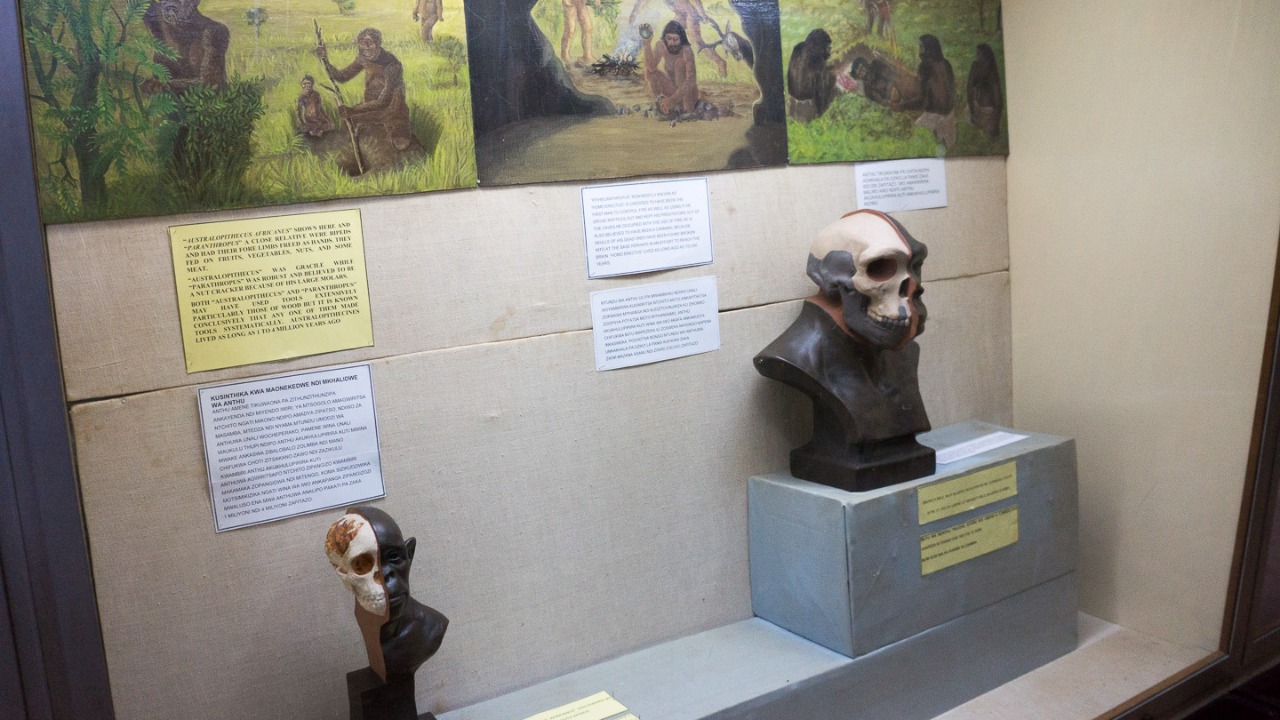
In a series of recent archaeological expeditions, tools dating back millions of years have been unearthed, offering a new perspective on human evolution. These discoveries not only shed light on the cognitive abilities of our ancient ancestors but also reveal their innovative survival strategies.
The Discoveries: Unearthing Ancient Tools

Archaeological sites across Africa have been the focus of these groundbreaking discoveries. For instance, in Kenya, researchers found tools that are estimated to be around 3 million years old. These tools, made from bone and stone, provide a glimpse into the lives of our early ancestors.
The types of tools discovered vary greatly, from rudimentary stone implements to more complex bone tools. Some of these bone tools, unearthed in a cache, are believed to be 1.5 million years old. These discoveries challenge previous archaeological finds and offer a new perspective on the timeline of tool use by early hominins.
Implications for Human Evolution

The discovery of these ancient tools provides compelling evidence of the advanced cognitive abilities of early hominins. The complexity of the tools suggests a level of forward planning and problem-solving skills that were previously thought to have developed much later. In fact, 2.6 million-year-old stone tools indicate that our ancient relatives were forward planning 600,000 years earlier than previously believed.
These discoveries have significant implications for our understanding of the human evolution timeline. They suggest that our ancestors were capable of complex thought and planning much earlier than previously thought, which could lead to a reevaluation of the cognitive abilities of early hominins.
Techniques Used in the Discovery and Dating of the Tools

The discovery and dating of these ancient tools involved a combination of archaeological methods and scientific techniques. The process of unearthing the tools required meticulous excavation and careful handling to preserve the integrity of the artifacts.
Once the tools were unearthed, scientists used radiometric dating methods to determine their age. This process involves measuring the decay of radioactive isotopes within the tools to estimate when they were created. The authenticity of these ancient tools was then verified through a rigorous process of examination and analysis.
How These Tools Were Used by Early Hominins

The intended use of these tools is a subject of ongoing research and debate among archaeologists. Some theories suggest that these tools were used for hunting, gathering, and crafting. The complexity and variety of the tools indicate that early hominins had a diverse range of skills and were capable of adapting to different environments and situations.
The use of these tools likely played a significant role in the survival strategies of early hominins. They would have allowed our ancestors to hunt more effectively, gather resources more efficiently, and create more complex structures and items. The use of tools may also have had social and cultural implications, influencing the development of early human societies.
Fresh Perspectives on Early Human Behavior

These discoveries challenge many of our previous assumptions about early human cognition and behavior. The complexity of the tools and the evidence of forward planning suggest that early hominins were capable of complex thought and problem-solving much earlier than previously believed.
The tools could also have had a significant impact on early human social structures and cultural practices. The ability to create and use tools would have been a valuable skill, potentially influencing social status and roles within early human societies. As we continue to uncover more about our ancient ancestors, we can expect to gain further insights into the evolution of human behavior and society.